Due to continual exposure to high temperatures, high humidity and large amounts of dust, PID (Potential Induced Degradation) is unavoidable for PV modules and research indicates that permanent PID leads to power generation loss of up to 30%.
For residential scenarios, the industry usually adopts integrated/external PID recovery modules to lift PV- to ground voltage for module recovery when the PV system is off-grid at night. This solution relieves the effects of PID to some extent, but it can neither effectively suppress PID during daytime when the inverter is connected to the grid, nor be applied to a PV plus storage system which runs throughout the entire day.
Responding to this problem, Sungrow and TÜV Rheinland have jointly issued PID Zero – an anti-PID solution whitepaper for residential PV systems. Equipped with patented mirror boost topology and an intelligent control algorithm, the innovative PID Zero solution provides 24-hour anti-PID protection, enabling more effective PID suppression during the day and PID recovery at night, significantly reducing power generation losses due tomodule performance degradation.
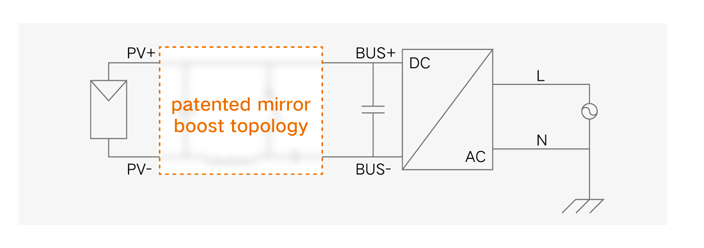
1. Effective PID suppression during the day for module damage reduction
Given the relatively small scale of a residential PV system, a traditional inverter needs boost circuits to extend efficient generation time during the day, which makes the PV- to ground voltage come closer to the negative electrode, increasing the risk of PID.
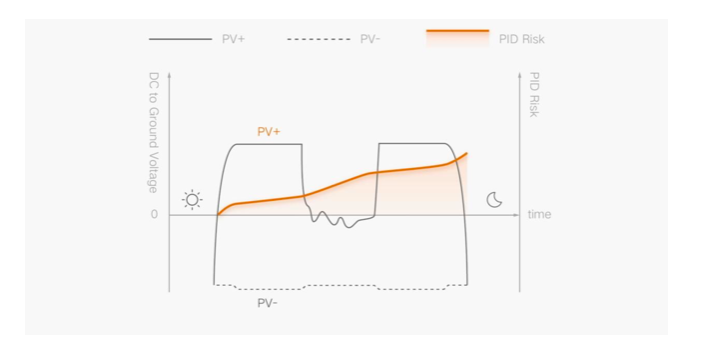
Unlike other technologies, the Sungrow PID Zero solution adopts a patented mirror boost topology to ensure the equal potential of PV+ and BUS+. As a result, the PV- to ground voltage comes closer to the positive electrode during boosted operation of the inverter, with PID effectively suppressed.
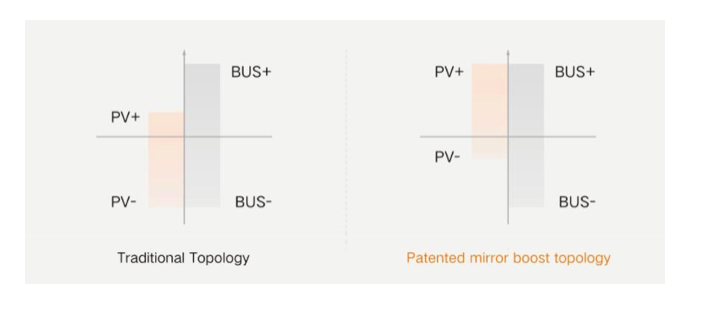
2. Intelligent repair at night for module performance recovery
A PV plus storage system runs 24 hours a day. Moreover, at night, the PV- array to ground voltage is always limited to the system’s lowest voltage point. Compared with a PV system, the PID risk is significantly increased.
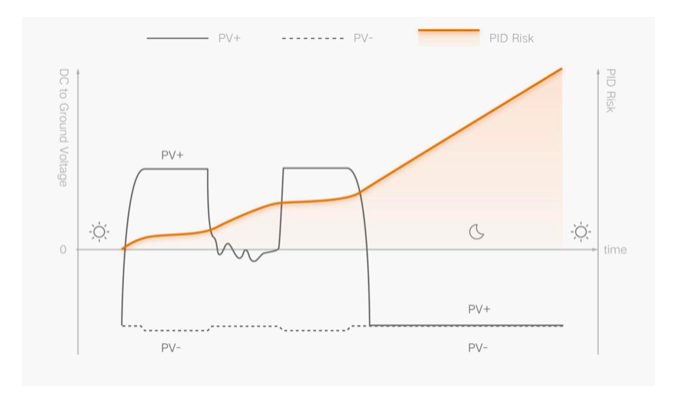
Since the neutral point of a TN grid is grounded, a huge circular current will occur between the AC and DC grounding points if traditional recovery schemes are adopted, disabling the reliable operation of the system.
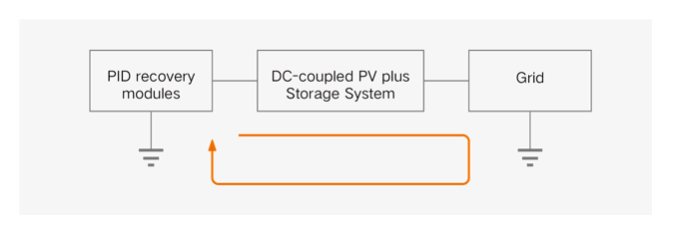
The Sungrow PID Zero solution prevents circular current between grounding points by reforming the DC side topology structure, while no extra recovery module is required. Controlled by its intelligent algorithm, the system automatically calculates the energy needed for PID recovery and boosts the voltage accordingly. In this way, incomplete recovery caused by insufficiently boosted voltage and system losses due to overly boosted voltage are both avoided.
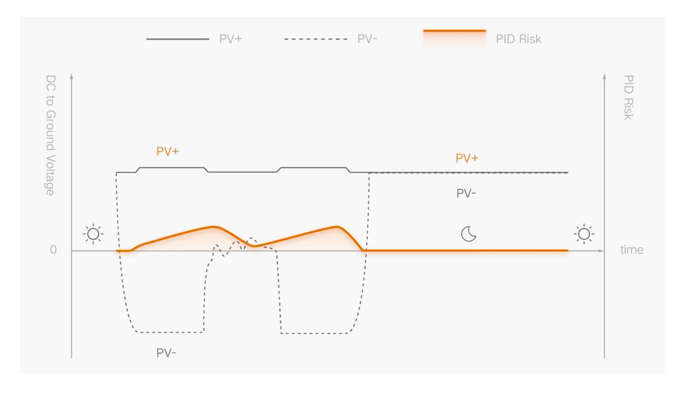
Last year, TÜV Rheinland performed a thorough on-site verification and technical review of PID Zero, with the results indicating that PV and hybrid inverters equipped with the PID-Zero solution can suppress PID during the day and repair module damage at night, ensuring long term efficient operation of the modules. As of now, the PID Zero solution has been applied in residential scenarios and, equipped with PID Zero technology, significant quantities of Sungrow’s SG2.0-10RS PV inverter and SH3.0-6.0RS PV hybrid inverter have already been delivered to Europe, Asia Pacific and Latin America.

